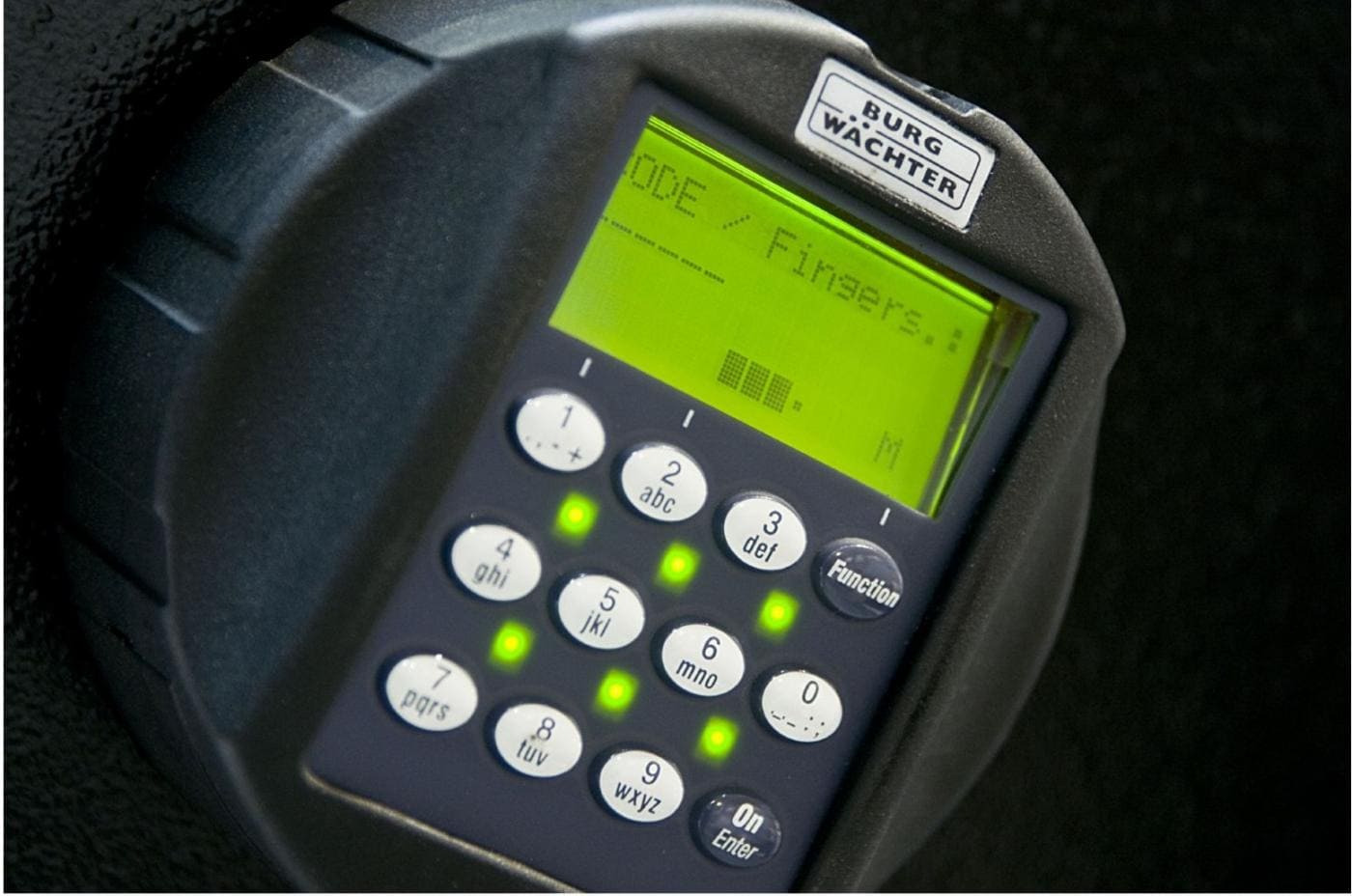Most contents insurance policies contain a clause saying that items worth more than a certain amount must either be worn by the owner, kept in their possession, or stored in a home safe at all times, in order to be covered against losses from theft.
It’s a common condition that insurers insist on for insuring high-net-worth items, and yet according to surveys, only around 27% of households are using a safe.
One of the important things to consider before you entrust your valuable possessions to a safe should be: how safe is it?
Not all safes are created equal, and here at Safe Options we can advise you on what kind of safe is appropriate to your needs.
If you are thinking of storing cash or valuables (such as jewellery or financial or insurance certificates) in a safe, then here are some of the things you may want to consider to start with.
1. Alternatives to Safes: Bank Accounts and Safety Deposit Boxes
You should weigh up whether larger amounts of cash should be kept in a bank account (with deposits up to a certain level guaranteed in many countries including the UK); and whether certain valuables and financial certificates should be kept in a safety deposit box, if available. Most high street Banks no longer offer this facility.
A home safe is complementary to other means of protecting your valuables.
2. Timer-Based Lockouts
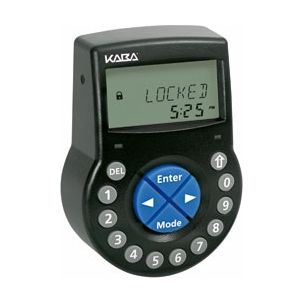
If you are running a cash-based business from home, then depending on your requirements you may want a safe with particular safeguards that only allow them to be opened on certain days and at certain times or opening only after a preset time from entering a pin code, providing the minimum necessary level of access.
3. Home Alarm Security
You should also consider how your security system protects the safe.
For example, if you have no security system on your first floor and the safe is located on that floor, then a burglar may be able to gain access to it via entry through a first floor window without setting off the alarm at all.
4. Risk of Coercion by Intruders into Opening Your Own Safe

You may also want to consider that, if you live in an area with people who have expensive jewellery or tend to keep cash at home (such as high net worth individuals, or cultures that place a high value on gold jewellery), then you, as well as your neighbours, may be more likely to be targeted by gangs who have been known to invade homes and threaten householders, forcing them to reveal how to open safes.
Reports of such burglaries have been on the rise in the UK, so you should remember that a safe is only one aspect of securing your valuables.
It is not a substitute for external and internal security systems, such as a monitored alarm system or, if your wealth and the risk to your valuables justifies it, additional steps such as installing a ‘panic room’.
5. Your Home Contents Insurance Policy
If you do go down the route of keeping valuables in a home safe, then it’s important to do your homework to avoid any surprises.
You should check what your insurance will cover in the event of theft from your safe, and your excesses on claims.
The impact on your no-claims bonus or your regular premiums from making a claim is also an important factor to consider in the event of making a small claim.
6. The Security Rating of Your Safe
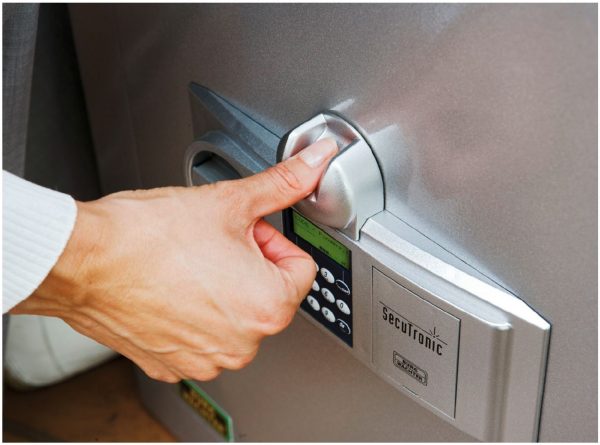
A safe may be rated for a certain amount of cash, but depending on your insurance policy wording, that doesn’t necessarily mean you are completely covered.
You may have to comply with terms related to how and where the safe is installed and who by, as well as the standards it conforms to.
It is relatively rare for cash-rated safes to get broken into, and they are ideal for protecting spare car keys and credit cards as well as jewellery and valuables.
Safes range from the most basic ones which do not really qualify as safes at all (basic ‘lockboxes’ or ‘deception safes’ that can be opened with a hammer) through to much more secure models.
Safes with the lowest Grade 0 rating from European Safe Standards (EN1143-1) should only be used for storing up to £6,000 in cash or £60,000 in valuables.
Grade 6 rated safes are secure enough to entrust with £150,000 in cash or £1.5 million of valuables.
Read our guide to safe ratings and security standards here: What do Eurograde Safe Ratings Mean?
7. Fitted vs. Freestanding Safes
In terms of installation, some safes are intended to be attached to concrete to make them as hard as possible to move; other safes can be fitted into walls; others can be mounted under floorboards; while others are floor-standing.
A safe installer can advise you on the options that suit your needs based on the safe, the property, and what you are going to keep in it.
You should also ensure that you use a reputable company to source and install your safe.
Read our guide to safe installation (a service we offer with safe purchases) here: How to Install a Home Safe
8. Portability of Your Safe Between Homes
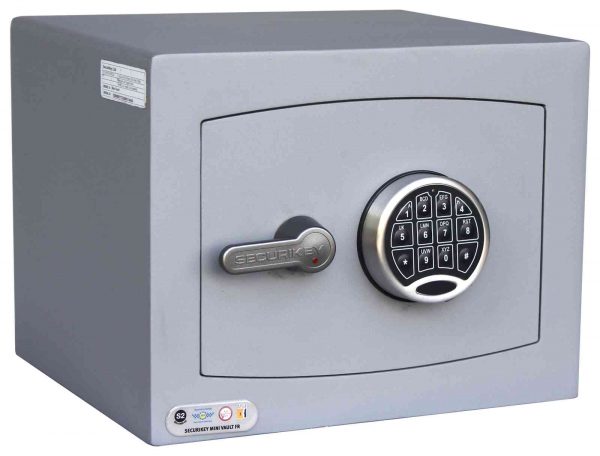
Bear in mind when you purchase a safe that in future, as and when you move house, you may need to take the safe with you.
You will probably need a specialist to help move it, as safes often require expert personnel and heavy duty handling equipment due to their considerable weight. Grade 6 safes can weigh over 1000 kg.
9. Record-Keeping of the Contents of Your Safe
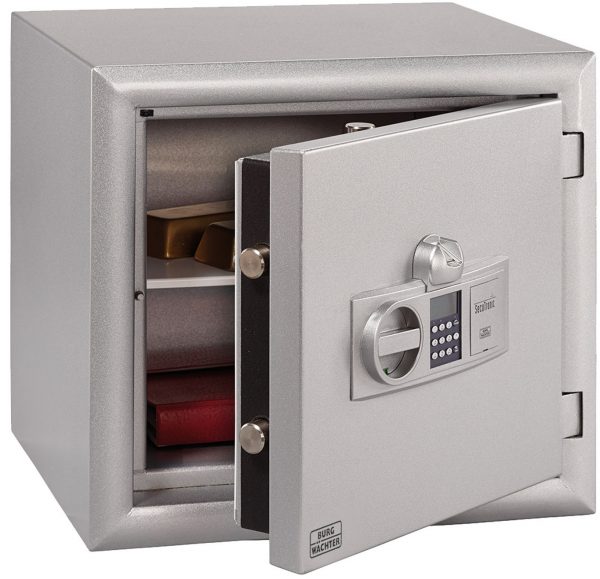
You should also keep detailed records of what is in the safe including receipts, invoices and pictures of your items and an up-to-date inventory.
For more expensive items, an appraisal of the value may also be needed.
You may want to consider obtaining insurance through a broker who can look after your interests in case you do have to make a claim, and help to ensure you are not under-insured.
10. Fire Resistance of Your Safe
You should check to see whether the safe you have is fireproof.
If it isn’t rated as fireproof at a level that will protect papers and banknotes during a typical house fire in terms of intensity and duration, then it may not provide adequate protection against fire risk, and the temperature inside the safe can rise to a level of around 233oC where paper contents will self-combust and end up charred even if the safe remains intact.
11. Visibility of Your Safe
Some people suggest that having a visible safe in your home may potentially make you a target, so it is generally recommended not to have one that is obvious or visible through windows or to talk about it to anyone outside people you trust.
If you have any questions about choosing the ideal safe for your property, please call us for advice.

